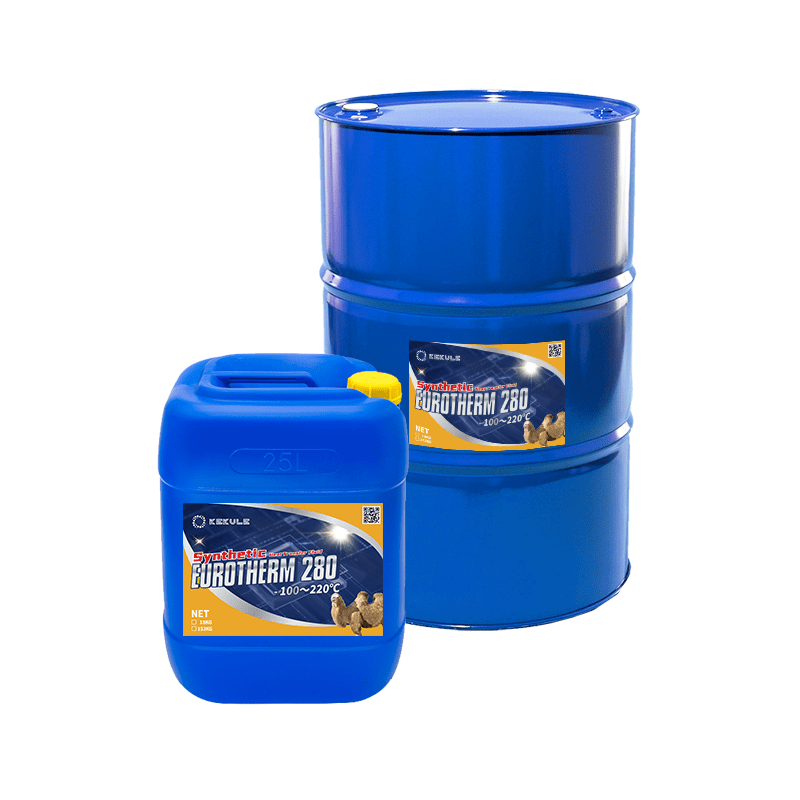The smart Trick of Chemie That Nobody is Discussing
The smart Trick of Chemie That Nobody is Discussing
Blog Article
See This Report on Chemie
Table of ContentsNot known Factual Statements About Chemie Chemie - QuestionsSome Known Facts About Chemie.Some Known Factual Statements About Chemie How Chemie can Save You Time, Stress, and Money.The Main Principles Of Chemie
By Bojanna Shantheyanda, Sreya Dutta, Kevin Coscia and David SchiemerDynalene, Inc. Fluid air conditioning, which can be achieved making use of indirect or straight ways, is used in electronics applications having thermal power densities that might go beyond safe dissipation with air cooling. Indirect fluid air conditioning is where warmth dissipating electronic components are physically divided from the liquid coolant, whereas in situation of straight cooling, the parts remain in direct contact with the coolant.However, in indirect cooling applications the electric conductivity can be essential if there are leakages and/or spillage of the liquids onto the electronic devices. In the indirect air conditioning applications where water based liquids with rust inhibitors are typically used, the electrical conductivity of the fluid coolant generally depends on the ion focus in the fluid stream.
The increase in the ion concentration in a shut loop liquid stream might take place because of ion seeping from steels and nonmetal parts that the coolant fluid is in call with. During operation, the electrical conductivity of the liquid may boost to a level which can be unsafe for the cooling system.
Chemie - Questions
(https://filesharingtalk.com/members/608609-chemie999)They are bead like polymers that can trading ions with ions in an option that it is in call with. In the here and now work, ion leaching examinations were carried out with various steels and polymers in both ultrapure deionized (DI) water, i.e. water which is treated to the highest degree of purity, and low electrical conductive ethylene glycol/water mixture, with the determined change in conductivity reported in time.
The samples were enabled to equilibrate at area temperature for two days before taping the initial electrical conductivity. In all examinations reported in this research study liquid electric conductivity was measured to a precision of 1% utilizing an Oakton CON 510/CON 6 series meter which was calibrated prior to each dimension.
Not known Incorrect Statements About Chemie
from the wall surface home heating coils to the center of the heating system. The PTFE sample containers were placed in the heater when constant state temperatures were gotten to. The test configuration was eliminated from the heater every 168 hours (seven days), cooled to space temperature with the electrical conductivity of the fluid gauged.
The electrical conductivity of the fluid sample was monitored for a total amount of 5000 hours (208 days). Figure 2. Schematic of the indirect shut loop cooling experiment set-up - silicone fluid. Table 1. Components made use of in the indirect closed loophole cooling experiment that touch with the fluid coolant. A schematic of the speculative configuration is revealed in Number 2.

The Single Strategy To Use For Chemie
Throughout procedure the fluid tank temperature was maintained at 34C. The change in liquid electric conductivity was kept track of for 136 hours. The fluid from the system was gathered and kept. Closed loop test with ion look at here now exchange resin was lugged out with the very same cleansing treatments used. The preliminary electric conductivity of the 230ml UP-H2O in the system determined 1.84 S/cm.

0.1 g of Dowex resin was included in 100g of fluid samples that was absorbed a separate container. The combination was stirred and transform in the electrical conductivity at room temperature was measured every hour. The measured change in the electric conductivity of the UP-H2O and EG-LC test fluids consisting of polymer or steel when engaged for 5,000 hours at 80C is revealed Number 3.
Chemie for Beginners
Ion leaching experiment: Calculated adjustment in electric conductivity of water and EG-LC coolants containing either polymer or steel examples when submersed for 5,000 hours at 80C. The outcomes suggest that metals contributed fewer ions into the fluids than plastics in both UP-H2O and EG-LC based coolants.
Liquids having polypropylene and HDPE displayed the cheapest electric conductivity adjustments. This might be because of the brief, inflexible, direct chains which are less likely to contribute ions than longer branched chains with weak intermolecular forces. Silicone additionally did well in both test fluids, as polysiloxanes are normally chemically inert as a result of the high bond power of the silicon-oxygen bond which would prevent destruction of the material into the liquid.
Some Known Factual Statements About Chemie
It would certainly be expected that PVC would certainly generate similar results to those of PTFE and HDPE based upon the comparable chemical structures of the materials, nonetheless there may be other contaminations present in the PVC, such as plasticizers, that may impact the electric conductivity of the liquid - dielectric coolant. In addition, chloride teams in PVC can likewise seep into the test liquid and can trigger an increase in electric conductivity
Polyurethane entirely degenerated right into the examination liquid by the end of 5000 hour examination. Prior to and after photos of steel and polymer examples submersed for 5,000 hours at 80C in the ion seeping experiment.
Calculated adjustment in the electric conductivity of UP-H2O coolant as a feature of time with and without resin cartridge in the closed indirect cooling loop experiment. The measured modification in electrical conductivity of the UP-H2O for 136 hours with and without ion exchange resin in the loophole is revealed in Figure 5.
Report this page